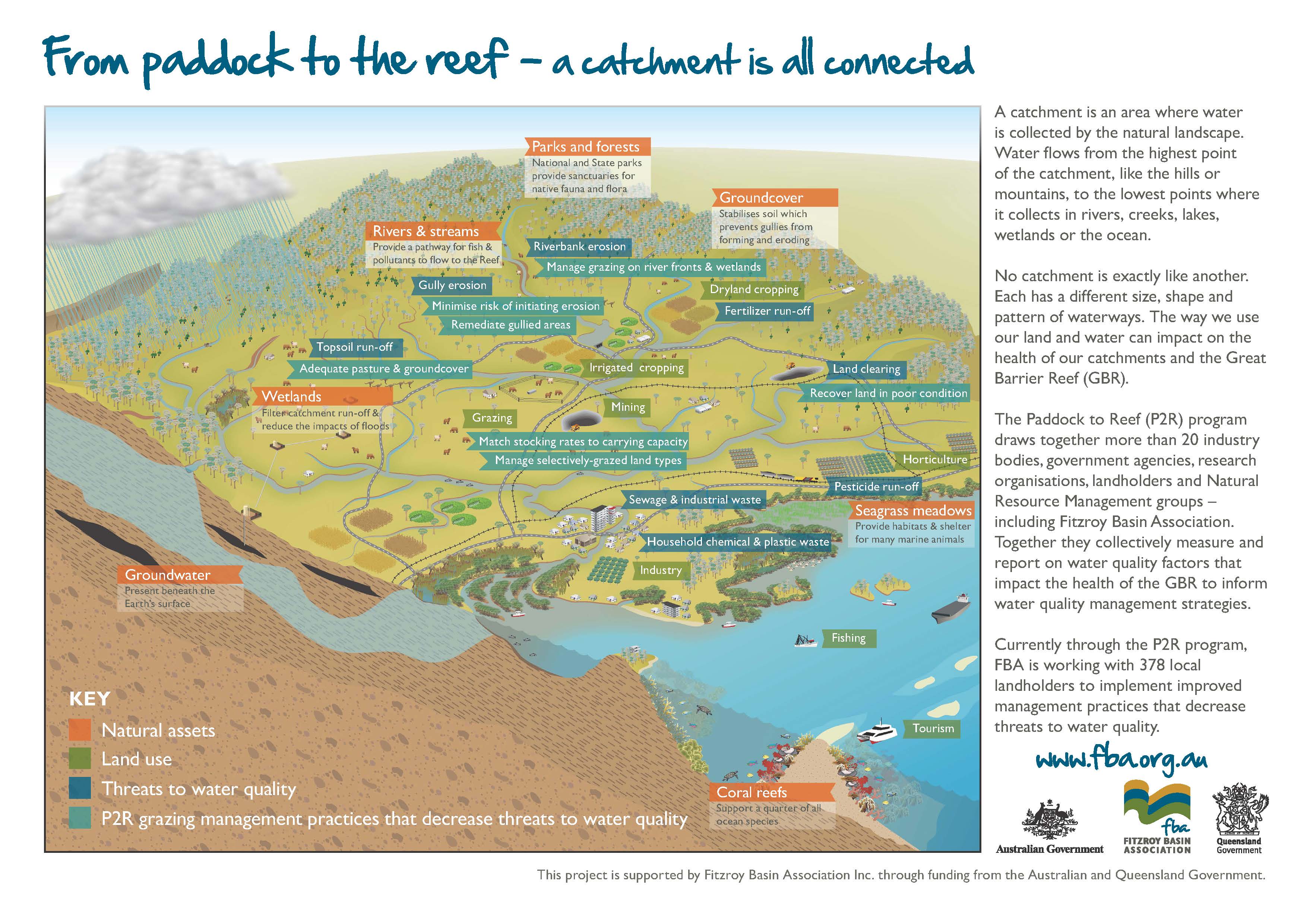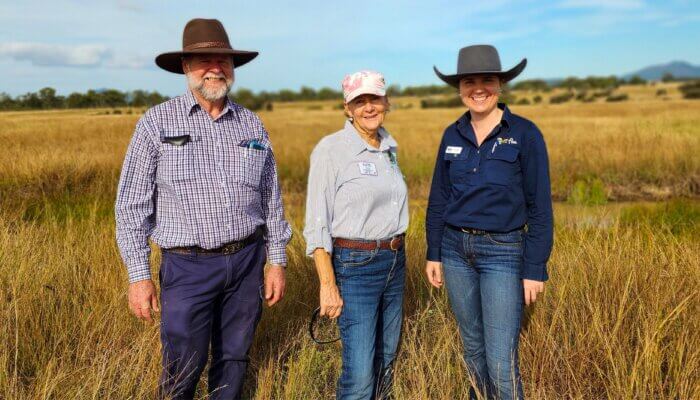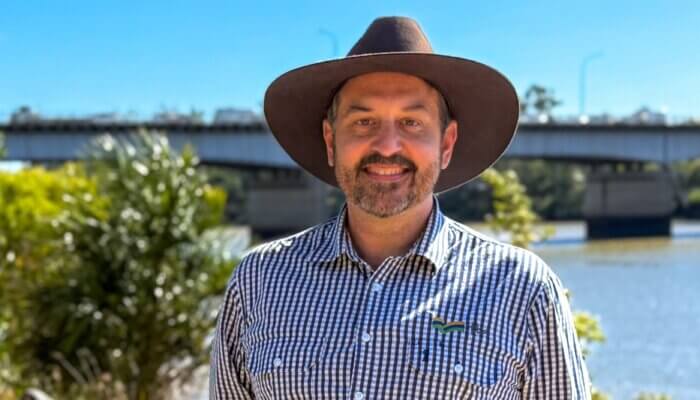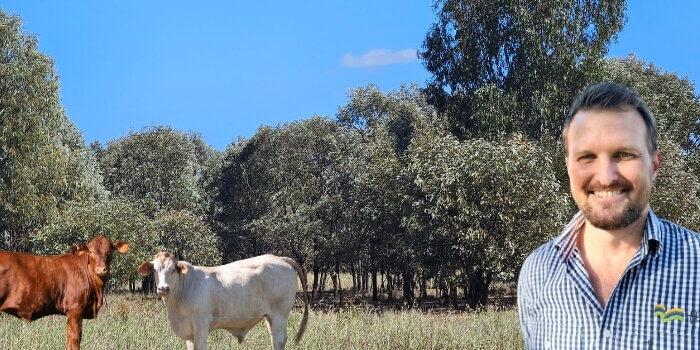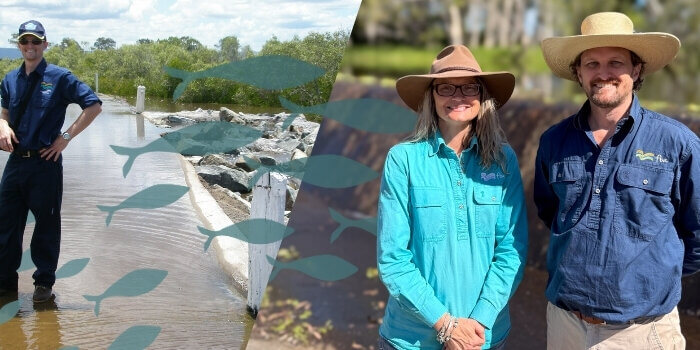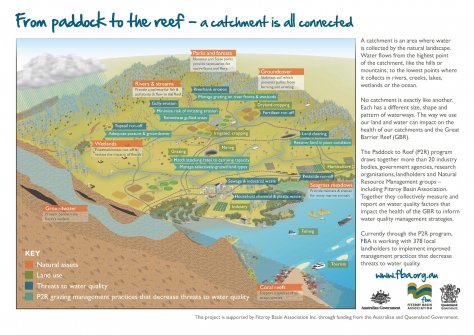
How does erosion impact the reef?
Posted on August 8th, 2019
The river system which divides Rockhampton into north and south is the largest river system draining to the Great Barrier Reef. The water moving through our regional city has already been on a long journey, travelling hundreds of kilometres from as far as Clermont, Nebo or Wandoan. Over this long journey, the processes that the water travels through and the condition of the country that it passes over contributes to the quality of the water and the river’s overall health.
A healthy river system is essential for sustaining life. Fitzroy Basin Association (FBA), works with landholders, community, industry and government to promote sustainable land management practices.
Erosion is just one of the many processes that impact on the health of a river system.
Erosion is the process of rock, soil and sediment being carried downstream by the power of a river. Increased erosion strips our land of valuable topsoil and fills our rivers and oceans with unwanted elements, decreasing water quality.
When poor quality water flows from the land to the Great Barrier Reef it negatively impacts the entire ecosystem. Excess sediments on reefs cause algae to grow faster which clouds and darkens the water and smothers coral; affecting its reproductive and growth capabilities.
Every year FBA and local landholders, community, industry and government stop 100,000 tonnes of sediment from flowing to the reef by working together to improve on-farm land and water management. Our combined efforts were celebrated last week when it was revealed by Fitzroy Partnership for River Health that the overall aquatic ecosystem health of the Fitzroy Basin is stable. Better yet, the condition of our Fitzroy catchment improved; receiving an A grade for agricultural use, B grades for physical/chemical and nutrients and a C grade for toxicants.
If you’re a landholder in the Fitzroy region and want to explore better land and water practices on your land, then contact us. We’re currently working with 837 central Queensland landholders to improve their land and water management practices.





